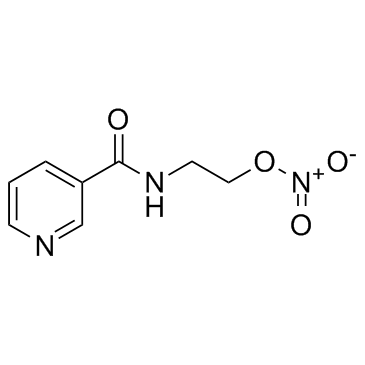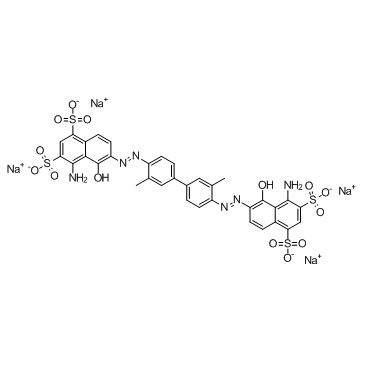| 结构式 | 名称/CAS号 | 全部文献 |
|---|---|---|
 |
尼可地尔
CAS:65141-46-0 |
|
 |
伊文思蓝
CAS:314-13-6 |
| 结构式 | 名称/CAS号 | 全部文献 |
|---|---|---|
 |
尼可地尔
CAS:65141-46-0 |
|
 |
伊文思蓝
CAS:314-13-6 |